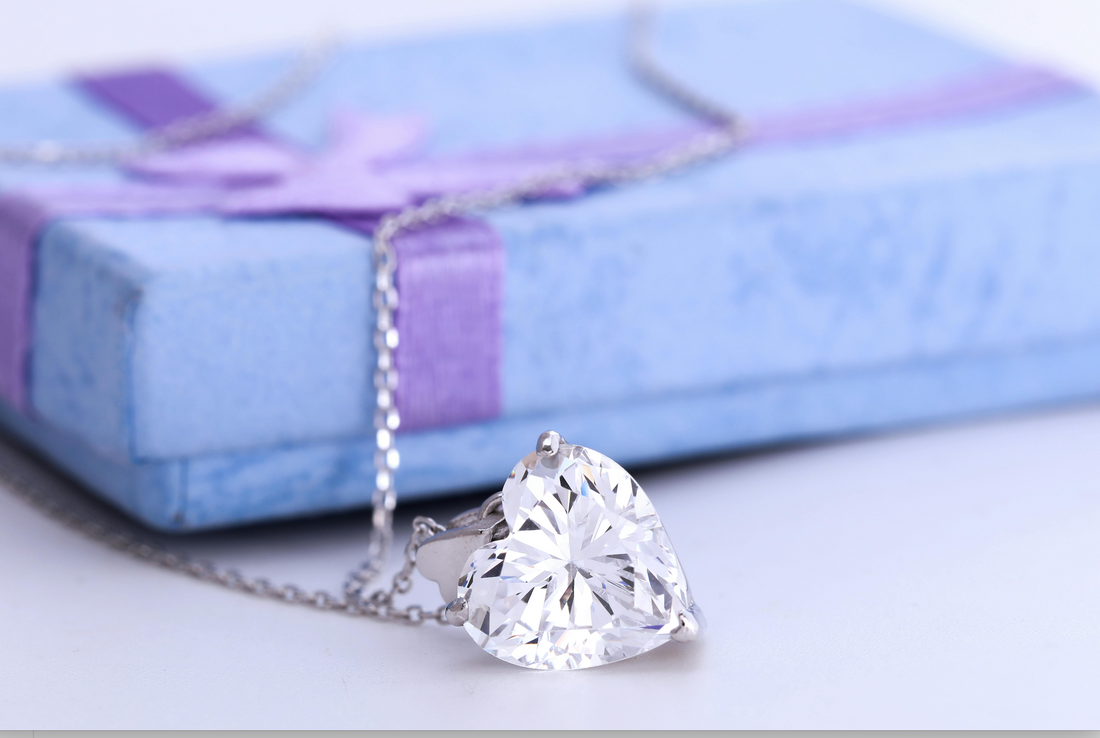Lab-grown diamonds have rapidly gained popularity in recent years, offering an eco-friendly, affordable, and ethical alternative to mined diamonds. While their aesthetic qualities closely resemble those of natural diamonds, they are created in controlled laboratory conditions using advanced technology. One of the main aspects that people consider when purchasing diamonds is the 4Cs—cut, color, clarity, and carat weight. This article delves into the importance of the lab grown diamonds 4Cs, helping consumers make informed decisions when shopping for these unique gems.
The 4Cs of Lab-Grown Diamonds: A Brief Overview
The 4Cs—cut, color, clarity, and carat weight—serve as the universal standard for evaluating all diamonds, whether mined or lab-grown. These four characteristics help determine the overall quality and value of the diamond. Understanding the 4Cs in the context of lab-grown diamonds is essential for selecting a diamond that fits your preferences and budget.
Cut of Lab-Grown Diamonds: The Key to Brilliance
The cut of a lab-grown diamond is arguably the most important factor in its overall appearance. It refers to how well the diamond has been shaped and faceted by the diamond cutter. A well-cut lab-grown diamond will have optimal proportions that allow light to pass through it and reflect back to the eye, creating brilliance and sparkle.
The cut is evaluated based on its proportions, symmetry, and polish. Whether you’re looking for a round brilliant cut, a princess cut, or another shape, the cut of a lab-grown diamond plays a crucial role in its overall aesthetic appeal. When purchasing a lab-grown diamond, it’s important to ensure that the cut is rated as Excellent or Very Good to ensure maximum brilliance and sparkle.
Color of Lab-Grown Diamonds: Achieving Near-Perfection
Color is another important factor to consider when selecting a lab-grown diamond. Like natural diamonds, lab grown diamonds are graded on a scale from D (colorless) to Z (light yellow or brown). The most sought-after diamonds are colorless or near-colorless, with the D to G range being ideal for those who desire a flawless, white diamond.
Lab-grown diamonds are often held to the same high standards as their natural counterparts when it comes to color grading. However, one notable advantage of lab-grown diamonds is that they can be created in a controlled environment, allowing for consistent and high-quality results. As such, lab-grown diamonds often exhibit exceptional color and clarity, making them an excellent choice for those seeking a high-quality stone at a lower price.
Clarity of Lab-Grown Diamonds: Analyzing the Internal Features
Clarity refers to the internal and external imperfections, also known as inclusions and blemishes, found in a diamond. These imperfections can affect the diamond’s overall beauty and value. Lab-grown diamonds undergo the same clarity grading process as natural diamonds, with grades ranging from Flawless (no visible inclusions or blemishes) to Included (inclusions or blemishes visible to the naked eye).
One of the advantages of lab-grown diamonds is that the controlled environment in which they are created allows for fewer inclusions and blemishes. As a result, many lab-grown diamonds are found to be of higher clarity compared to natural diamonds. When purchasing a lab-grown diamond, it’s advisable to choose a diamond with a clarity grade of VS1 (Very Slightly Included) or higher for a stunning and clean appearance.
Carat Weight of Lab-Grown Diamonds: Size Matters
Carat weight refers to the size of the diamond, and it plays a significant role in determining its price. One carat equals 0.2 grams, and lab-grown diamonds are no exception when it comes to carat weight. However, unlike mined diamonds, lab-grown diamonds tend to be more affordable, even at higher carat weights. This makes lab-grown diamonds an attractive option for consumers looking for larger stones at a more reasonable price.
It’s important to note that carat weight doesn’t solely determine the diamond’s size. The cut also plays a significant role in how large a diamond appears. A well-cut lab-grown diamond may appear larger than a poorly cut stone with the same carat weight. When selecting a lab-grown diamond, it’s important to balance carat weight with cut, color, and clarity to ensure you get the best value for your investment.
The Advantages of Lab-Grown Diamonds
Lab-grown diamonds offer several benefits over their mined counterparts. First and foremost, they are more environmentally friendly. The process of creating lab-grown diamonds uses less energy and has a much smaller environmental impact compared to traditional diamond mining. Additionally, lab-grown diamonds are conflict-free, making them an ethical choice for consumers who are concerned about the human and environmental toll of diamond mining.
Another key advantage of lab-grown diamonds is their affordability. Because they are created in laboratories rather than mined from the Earth, lab-grown diamonds are often significantly less expensive than mined diamonds of similar size and quality. This price difference allows consumers to purchase larger diamonds with better clarity or color without breaking the bank.
Choosing the Right Lab-Grown Diamond
When shopping for a lab-grown diamond, it’s important to consider all of the 4Cs—cut, color, clarity, and carat weight—to ensure you select a diamond that meets your aesthetic preferences and budget. By understanding how each of these characteristics affects the appearance and value of a lab-grown diamond, you can make a more informed decision when purchasing your gemstone.
While lab-grown diamonds may differ in their creation process from natural diamonds, they are just as stunning and durable. With the added benefits of being more affordable, ethical, and environmentally friendly, lab-grown diamonds are becoming an increasingly popular choice for engagement rings, necklaces, earrings, and other fine jewelry.
Conclusion
Lab-grown diamonds offer an exciting and sustainable option for consumers looking for high-quality diamonds. By focusing on the 4Cs—cut, color, clarity, and carat weight—you can ensure that the lab-grown diamond you choose will meet your expectations. Whether you’re purchasing a diamond for an engagement ring or simply seeking a beautiful piece of jewelry, understanding the 4Cs will help you find a diamond that reflects your personal style and values.

